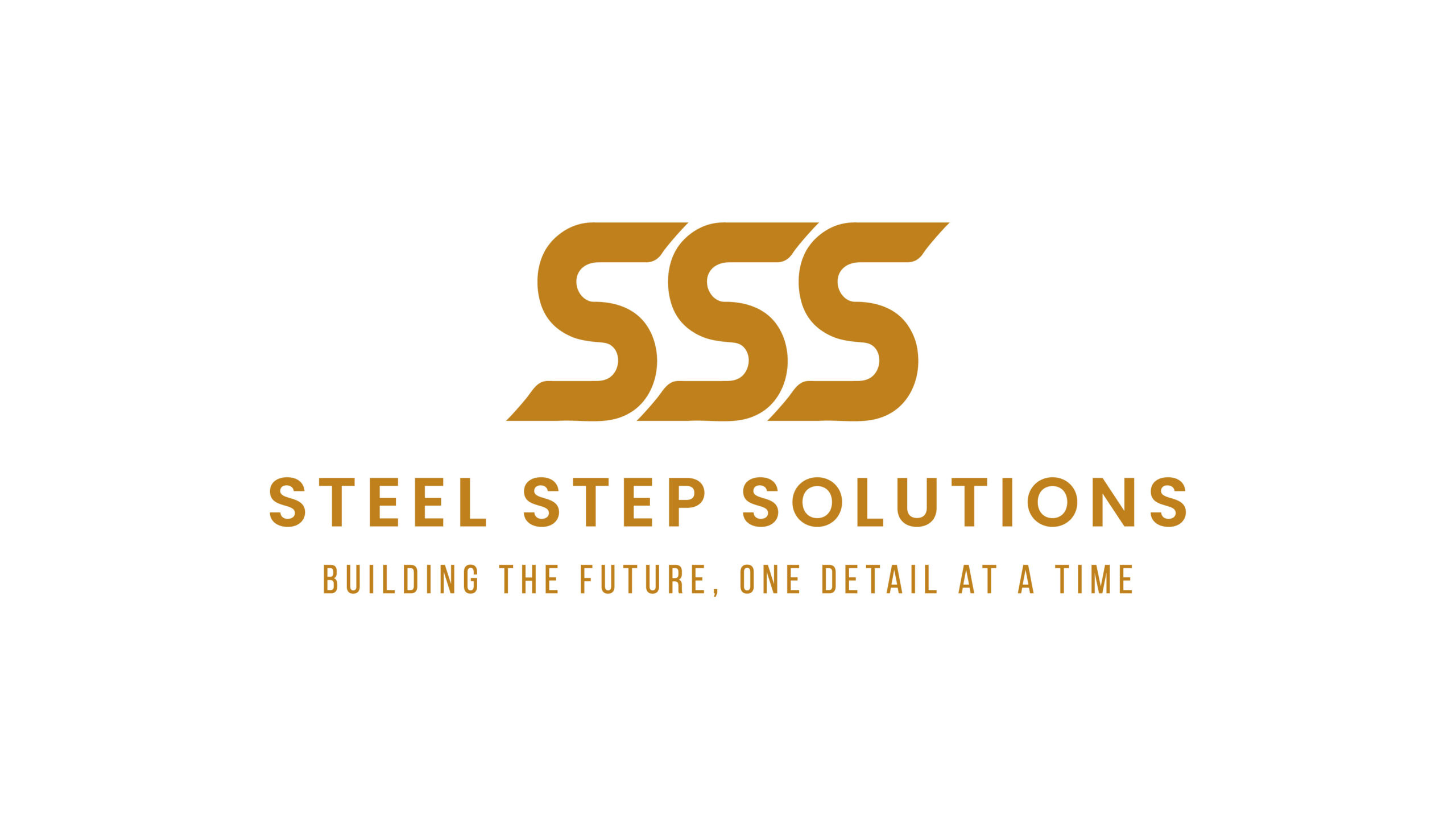How Structural Steel Detailing Has Evolved Over the Years
Structural steel detailing has experienced a miraculous change over the last few decades. What initially was a laborious 2D manual drawing process is today a completely digitalized, integrated, and wise 3D modeling platform. Not only did this change contribute to increased precision and productivity but also revolutionize the way in which architects, engineers, and fabricators collaborated on steel-related construction projects.
In this blog, we will take you through the evolution of steel detailing from the old hand-drawn days to the mighty BIM-enabled tools of today — and what the future holds.
From Manual Drafting to 2D CAD
In the early structural engineering days, detailing was indeed a manual one. Detailers would draw a beam, any joint, any bolt, et cetera, by using drafting boards with rulers and pencils. Although quite precise, time-consuming and always prone to man-made errors; revisions were considered tedious, but collaboration between different teams was to a minimum as well.
The early days of Computer-Aided Design (CAD) in the 1980s and 90s revolutionized everything. 2D CAD packages such as AutoCAD enabled steel detailers to design quicker and edit more effectively.
| Era | Technology Used | Key Features | Challenges Faced |
| Pre-1980s | Manual Drafting | Hand-drawn plans, paper-based collaboration | Time-consuming, error-prone, hard to revise |
| 1980s–2000s | 2D CAD (AutoCAD) | Digital drawings, editable plans | Still isolated, limited integration |
The Shift to 3D Modeling & Intelligent Detailing
With the 2000s came the next revolution: 3D modeling. Tools like Tekla Structures, Advance Steel, and SDS/2 introduced intelligent modeling where every nut, bolt, and weld was part of a connected 3D model. This helped detect clashes early, generate accurate shop drawings automatically, and improve visualization.
Building Information Modeling (BIM) further evolved the process. BIM doesn’t just visualize structures; it integrates data — geometry, timelines, cost, and materials — in a single model.
| Innovation | Impact on Steel Detailing |
| 3D Modeling | Reduced errors by 40–60%, improved collaboration |
| BIM (Building Information Modeling) | Enabled data-rich models, improved construction sequencing |
| Cloud Collaboration | Real-time updates, cross-team accessibility |
According to a 2023 Autodesk Industry Report, projects using BIM-based detailing showed a 55% reduction in rework and a 30% faster approval timeline.
Key Benefits of Modern Steel Detailing
- Higher Accuracy: Automated clash detection and precision modeling.
- Faster Turnarounds: Real-time updates and cloud-based teamwork.
- Cost Savings: Optimized material usage reduces waste.
- Better Communication: 3D visualizations help stakeholders understand designs easily.
- Compliance & Documentation: Automatic code checks and complete audit trails.
| Feature | Past (Pre-2000s) | Present (2025) |
| Drafting Tools | Hand-drawing, 2D CAD | 3D BIM software (Tekla, Revit) |
| Collaboration | In-person meetings, email | Cloud-based, real-time updates |
| Error Detection | Manual checking | Automated clash detection |
| Output | Paper/shop drawings | CNC-ready fabrication models |
| Time Required | Weeks to months | Days to weeks |
What’s Next for Steel Detailing?
Looking forward, AI-driven automation, Digital Twins, and Augmented Reality (AR) will reshape steel detailing even more. Detailers may soon rely on AI to optimize structural layouts or use AR headsets to inspect digital steel frames on-site.
Also, with sustainability becoming critical, future detailing tools will integrate carbon footprint estimators to help design eco-friendlier structures.
Final Thoughts
Structural detailing of steel has evolved a great deal — from pencil marks to cloud-driven 3D smarts. With the dawn of a new age of smarter, faster, and more intelligent construction, innovation-loving, tech-savvy detailers will take center stage in creating our city skylines.
Therefore, if you are a steel fabricator, an architect, or a project manager, being in tune with the latest detailing methodologies is no longer a choice — it’s crucial for constructing safer, quicker, and more effective buildings.


